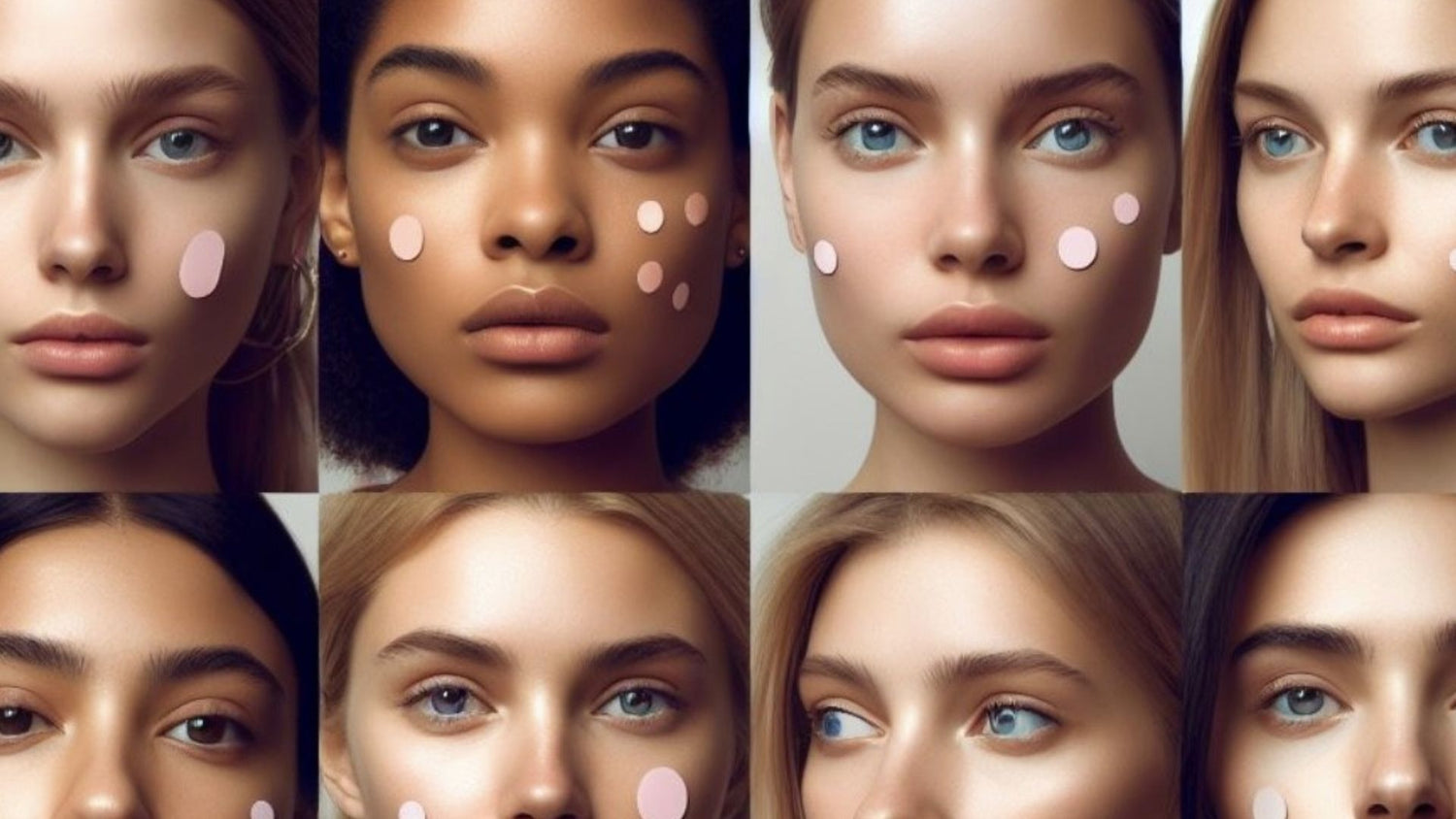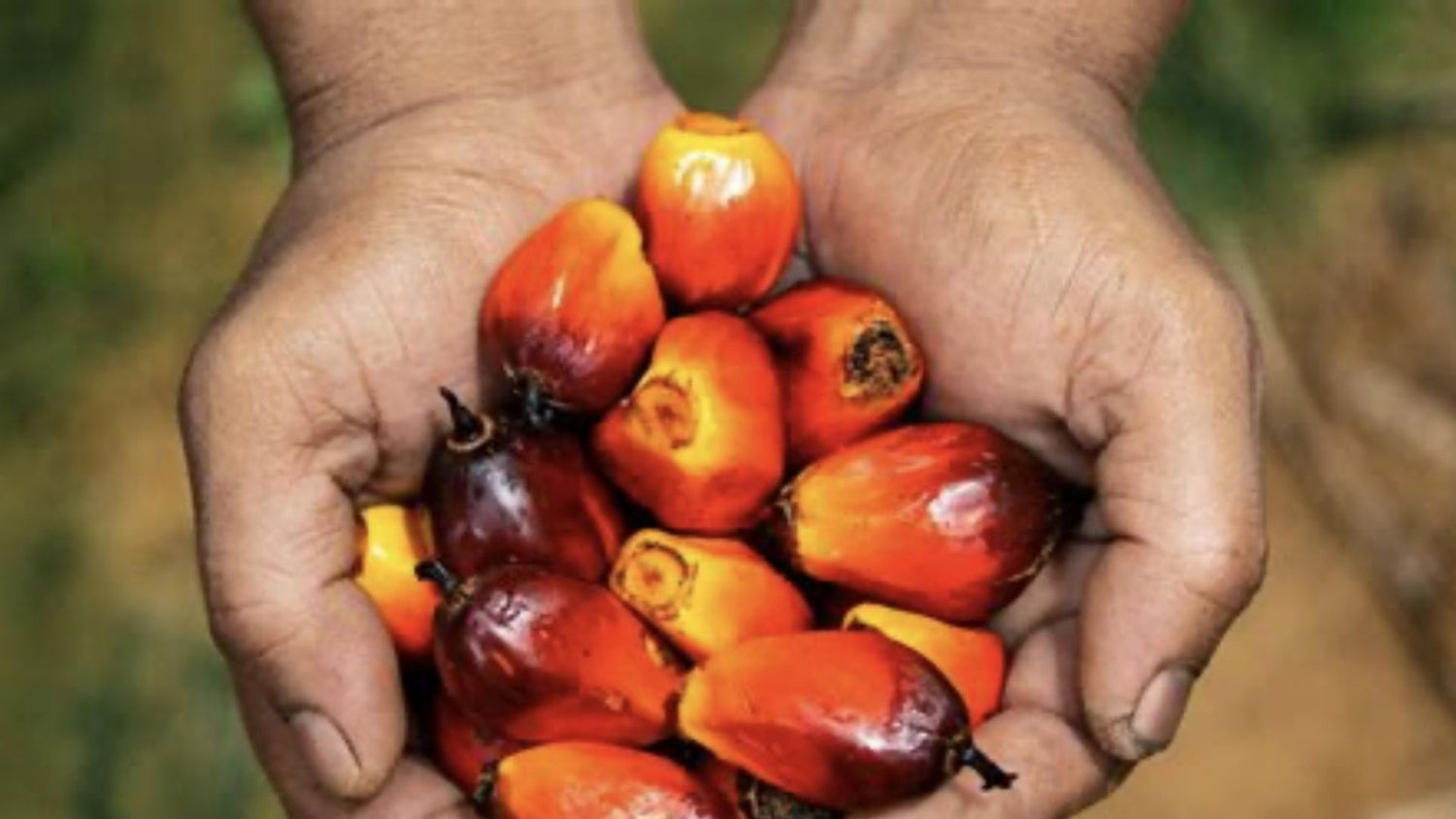Between blow-drying, teasing, flat-ironing, highlighting and lowlighting — there are many ways to change what Mother Nature gave us. But whether you’re regularly straightening curls, lightening darker hair or vice versa, there may be a price to pay for rebelling. But most women don’t think twice about the hair habits they’ve had for years and years, says longtime hair care advocate and health scientist Audrey Davis-Sivasothy.
“Lackluster, frazzled, overworked hair — that’s the price we pay for handling our hair like a pair of jeans. Hair is a fragile fiber that needs to be handled more like a silk blouse,” says Davis-Sivasothy, author of Hair Care Rehab (www.haircarerehab.com). “Oftentimes, the style we feel the most comfortable with reinforces our bad habits. It’s a problem with all the earmarks of an addiction.”
Substances of choice include:
• Toxic chemicals (perms, relaxers & colors)
• Hair OCD (excessive combing, brushing & heat use)
• Environmental lifestyle (too much exposure to sun, surf, bad air and water)
• Nutritional/dietary (fad diets, smoking, low water consumption)

Black Hairstyle Expert Tips: How To Care For, Condition, Maintain And Protect Dry, Damaged Black Hair
As with a drug addiction, once you’ve kicked your habit, you’ll liberate your bad hair, unlocking new dimensions of hair potential, says Davis-Sivasothy, who has also authored the popular The Science of Black Hair (www.blackhairscience.com). She offers a five-step rehab for damaged hair:
1. Chelating your hair: Products containing oils, conditioners, serums and pomades (or minerals), which make you feel better in the short term, can build up and actually prevent your hair’s ability to hydrate. That’s why the first step in detoxing hair is the use of chelating shampoo, which is typically clear and lifts stubborn buildup from products and hard water. While many chelating shampoos are sulfate-based, there are more sulfate-free products entering the market to accommodate sensitive scalps and hair. Clarifying shampoos are a good substitute when chelating shampoos cannot be found. Moisturizing shampoo should be used for general use after detoxing is complete.
2. Deep conditioning your hair: After chelating, deep condition for 10 to 15 minutes. This should be done every seven to 10 days using moisturizing conditioners such as instant and cream-rinse, deep conditioners, protein treatments or leave-in conditioners. To go the extra mile, consider an apple cider vinegar rinse to close the cuticle and enhance your hair’s shine.
3. Moisturizing your hair: This step adds a layer of leave-on protection. You can use either leave-in conditioner or a dedicated moisturizing product, or both. For thick, dry or curly hair, this step hydrates and adds “slip.” For fine or oily hair, these products should detangle strands while encouraging volume.
4. Sealing your hair: This is the last major step in your hair intervention. Sealing with an oil or butter product locks in moisture and solidifies the gains of rehab. It smoothes out the cuticle and keeps hair moisturized for a longer period. Always use sealant on slightly dampened or misted hair, or pair the product with a water-based moisturizer to maximize the benefits. If you have naturally oily hair, you can skip this step.
5. Styling your hair protectively: Imagine wearing a favorite sweater every day; washing, drying and ironing it several times a week — it would look pretty worn out after a few years! This is exactly what happens to hair that is bleached, colored, blown dry with artificial heat, ironed, weaved and on and on. Don’t do this anymore! There are several measures you can take to preserve the health of your hair, including wearing it up more often, cleansing it cautiously, detangling strands with a large-tooth comb, protectively using blow-dryer heat, reducing chemical use and not coloring your hair more than three shades lighter or darker than your natural color. In general, be gentle. Do not pull to0 hard or rapidly when styling it, too; be slow and steady.
About Audrey Davis-Sivasothy
Audrey Davis-Sivasothy is a Houston-based freelance writer, publisher and longtime, healthy hair care advocate and enthusiast. Sivasothy holds a degree in health science and has written extensively on the science of caring for hair at home.
Are you ready to check your hair into rehab? Let us know by commenting below, which will automatically be posted to our Community Forum (click here to check it out!) where you can find other beauty related discussions! Don’t forget to also submit a photo to our Photo Of The Day (click here!) feature, where a new photo will be picked daily. Your photo just might be selected, so get going!
For more giveaways and contests, sign up for our newsletter HERE.
If you like this post, share it with your friends and give it a LIKE on Facebook.




